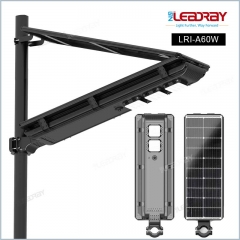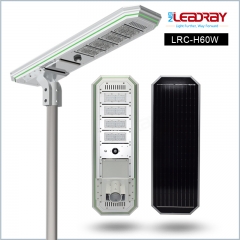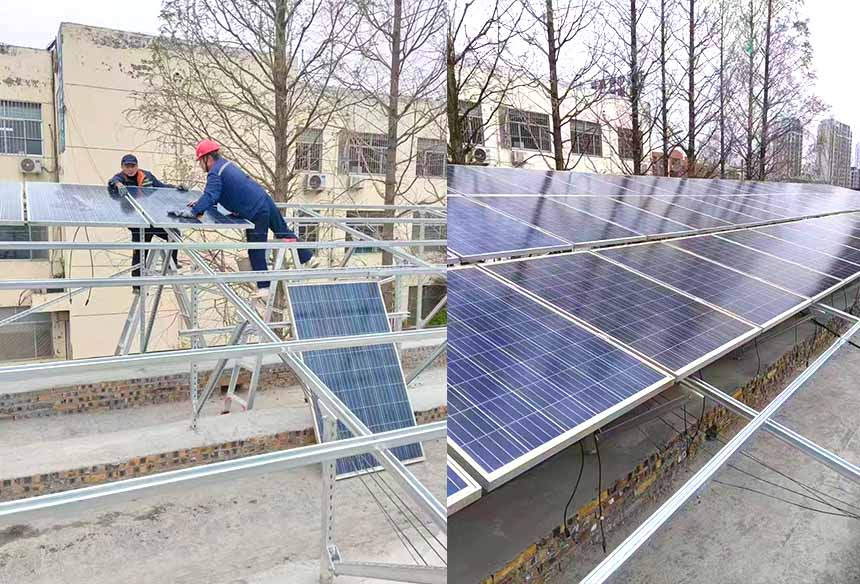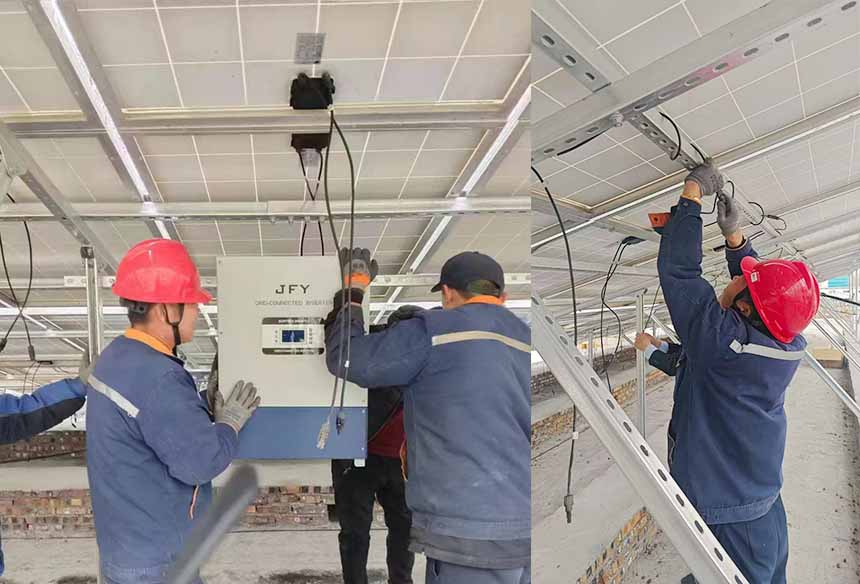- 2025 Solar Outdoor Lighting Project
- 2024 Solar Outdoor Lighting Project
- 2023 Solar Outdoor Lighting Project
- 2022 Solar Outdoor Lighting Project
- 2021 Solar Outdoor Lighting Project
- 2020 Solar Outdoor Lighting Project
- 2019 Solar Outdoor Lighting Project
- 2018 Solar Outdoor Lighting Project
- 2017 Solar Outdoor Lighting Project
- 2016 Solar Outdoor Lighting Project
-
 60w Durable High Efficient Pole Led Solar Street Light IP66 6500K Rader Sensor Solar Street Light
60w Durable High Efficient Pole Led Solar Street Light IP66 6500K Rader Sensor Solar Street Light100LED Super Bright Lighting 6900LM Solar Sensor Light IP65 Waterproof Outdoor Smart All in One Solar Led Street Light Radar Sensor LiFePO4 Battery 4 Rainy Days Working Solar Road Lights
-
 IP65 Waterproof Luminous Flux 10800Lm 30W-120W Outdoor Solar Street Light System
IP65 Waterproof Luminous Flux 10800Lm 30W-120W Outdoor Solar Street Light SystemAll In One Solar Street Light: Integrated Design/Free Maintenance/Easy Installation/Environmental Friendly.
-
 IP65 Waterproof High Lumen 300W-600W Aluminum Integrated LED Solar Street Light for Road Outdoor All in One Solar Light
IP65 Waterproof High Lumen 300W-600W Aluminum Integrated LED Solar Street Light for Road Outdoor All in One Solar LightAll in One Solar Street LED Solar Lights with Lifepo4 Lithium Battery
-
 High lumen Integrated remote control ip65 outdoor waterproof 20w 40w 60w all in one led solar street light
High lumen Integrated remote control ip65 outdoor waterproof 20w 40w 60w all in one led solar street lightElegant Integrated Design,High class Aluminum alloy case Easy maintenance, battery replacement can be completed on the lamp pole
2025-04-29
Installing a photovoltaic power station on the roof of a factory building has many advantages, such as making full use of idle space, reducing the electricity cost for enterprises, and energy conservation and emission reduction. However, factors such as the structural load-bearing capacity of the factory building and the lighting conditions also need to be taken into consideration. The following is the relevant detailed information:

Roof conditions: It is necessary to confirm the area, orientation, slope and structural load-bearing capacity of the factory building roof. Generally speaking, a roof with a large area, facing south and a slope between 15° and 30° is ideal. Moreover, the roof structure should be able to bear the weight of the photovoltaic power station, and reinforcement treatment should be carried out if necessary.
Lighting conditions: Analyze the lighting resources of the area where the factory building is located, including the annual sunshine duration, solar radiation intensity, etc. Accurate data can be obtained by consulting local meteorological data or using professional solar energy resource assessment software. Generally, areas with an annual sunshine duration of more than 1,500 hours have better installation value.
Grid connection: Understand the grid conditions near the factory building, including grid capacity, connection voltage level, distance from connection points, etc., to ensure that the electricity generated by the photovoltaic power station can be smoothly connected to the grid and delivered to the required areas.
Photovoltaic module selection: Based on the roof area and power generation requirements, choose the appropriate type of photovoltaic module, such as monocrystalline silicon, polycrystalline silicon or thin-film solar panels. Monocrystalline silicon modules have a relatively high conversion efficiency, polycrystalline silicon modules offer good cost performance, and thin-film modules are more suitable for some special scenarios or projects with appearance requirements.
Bracket design: Design a reasonable bracket system to ensure that photovoltaic modules can be stably installed on the roof and can withstand external forces such as wind loads and snow loads. The material of the support is usually aluminum alloy or hot-dip galvanized steel. There are two installation methods: fixed type and tracking type. The tracking type support can improve the utilization rate of solar energy, but the cost is relatively high.
Electrical system design: including the selection and layout of equipment such as inverters, distribution boxes, and cables. The inverter converts the direct current generated by the photovoltaic modules into alternating current. The distribution box is used for distributing and controlling the electrical energy, while the cables are responsible for transmitting the electrical energy. The design of the electrical system should comply with relevant safety standards and specifications.
Installation and construction: Professional installation teams will carry out the construction in accordance with the design plan to ensure that the installation angles and spacings of photovoltaic modules meet the requirements, that the connections of electrical equipment are firm and reliable, and that safety measures such as lightning protection and grounding are well implemented.

Revenue
Electricity cost savings: The electricity generated by photovoltaic power stations can be used for the equipment and facilities within the factory building, reducing the enterprise's reliance on the power grid and thus saving on electricity expenses.
Surplus electricity fed to the grid: If the photovoltaic power generation exceeds the power consumption of the factory building, the excess electricity can be sold to the power grid to obtain additional income.
Policy subsidies: In some regions, there are subsidy policies for photovoltaic power generation projects. Enterprises can obtain certain subsidy funds based on local policies to further enhance the economic benefits of the projects.
Initial investment: It includes the costs of photovoltaic modules, brackets, electrical equipment, installation and construction, design consultation, etc. The initial investment is relatively high.
Operation and maintenance costs: Photovoltaic power stations require regular maintenance and upkeep, including equipment inspection, cleaning of photovoltaic modules, and replacement of vulnerable parts, etc. The operation and maintenance costs are relatively low, but they also require certain expenses.

 Language
Language English
English français
français العربية
العربية 中文
中文 sales@szleadray.com
sales@szleadray.com +86-13424390319
+86-13424390319






